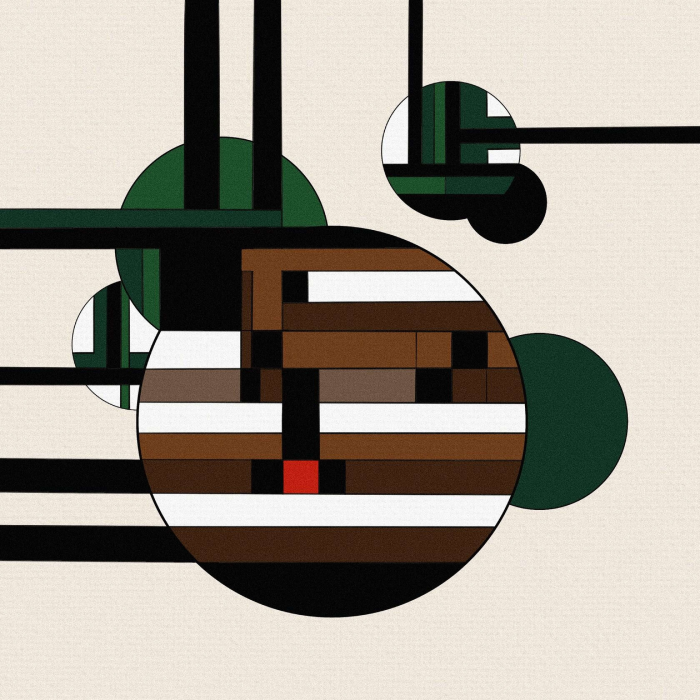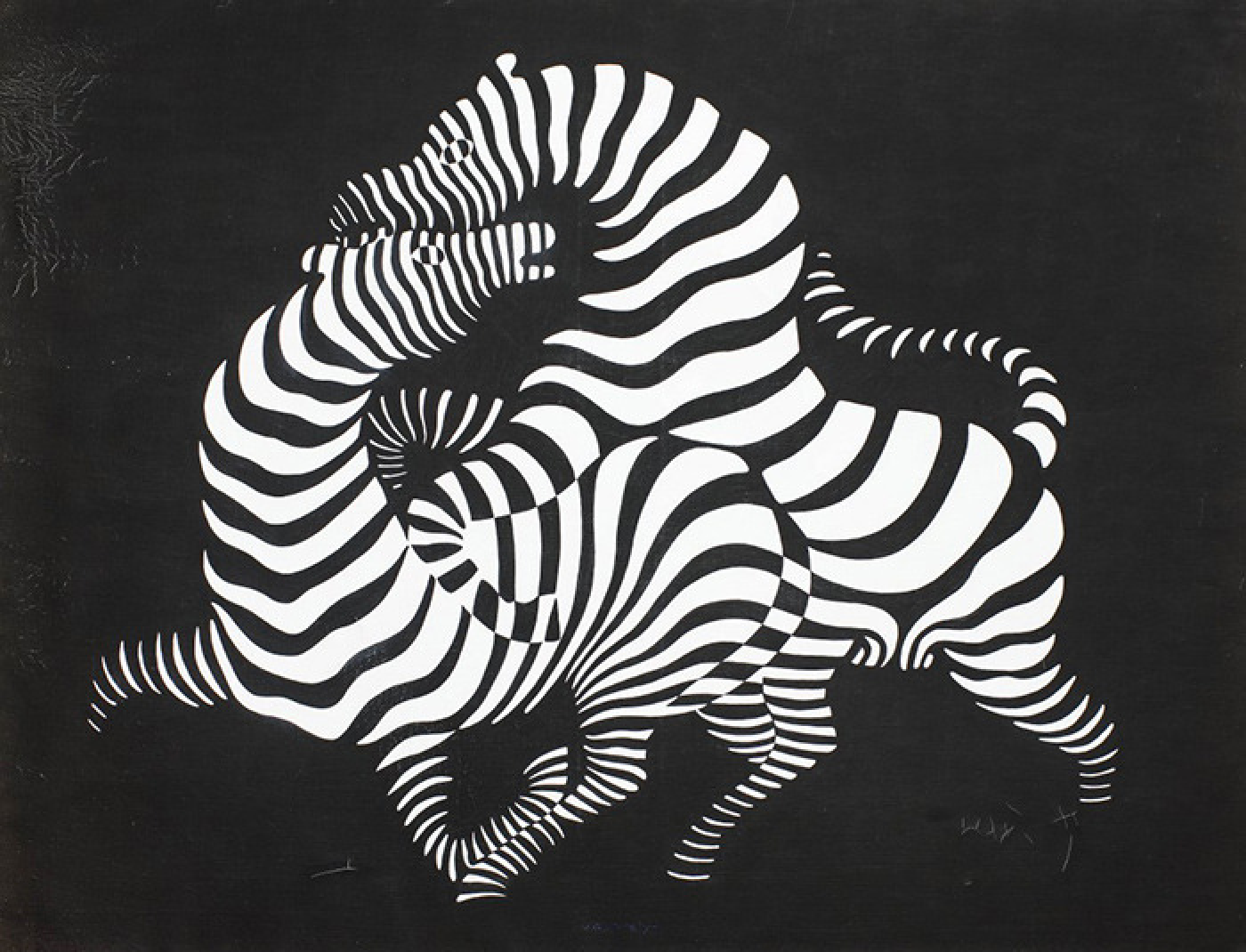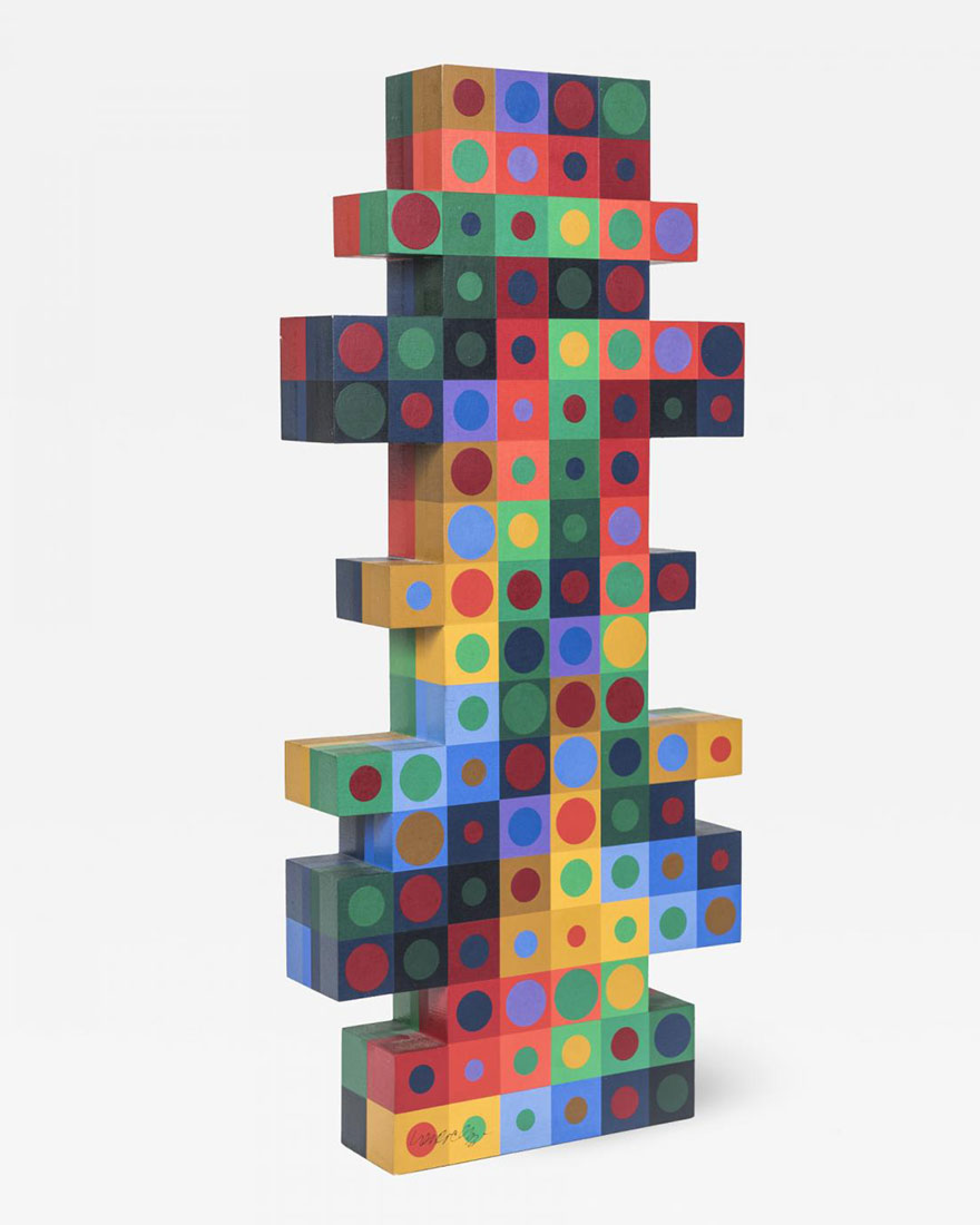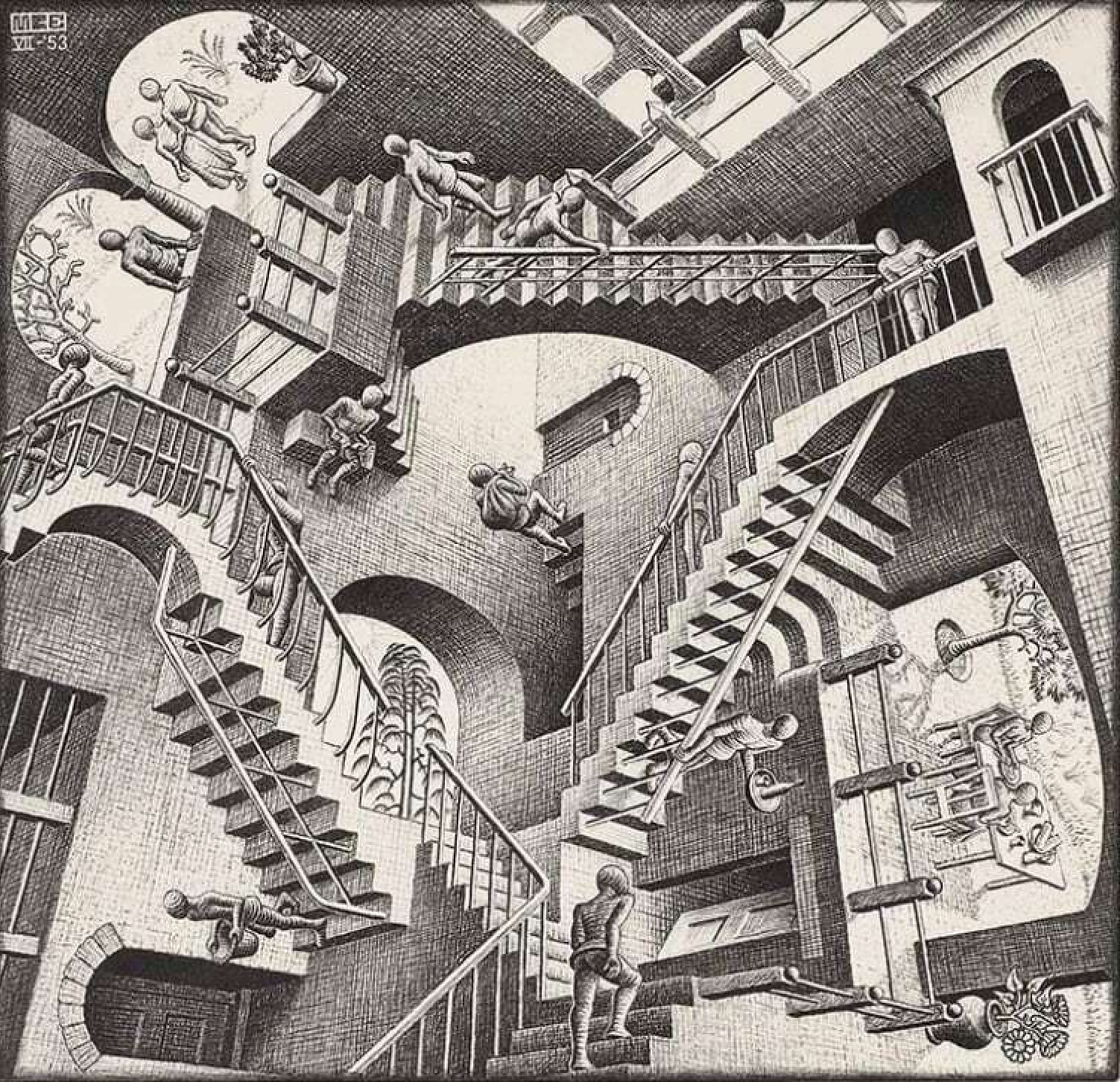SupremePunk #121

Flux
This Punk is inspired by CryptoPunk #907 and the work of Victor Vasarelli, a French artist of Hungarian origin, who is called the ancestor of the op-art style. In his youth, Vasareli was more interested in science than art, and in 1925 he entered the Medical School of the University of Budapest, but studied there for only two years. After that, Victor decided to change his life abruptly and took up painting. In 1930 he got married and moved to Paris. Here Vasareli worked in a variety of advertising agencies and had the opportunity to engage in his work only in the evenings. In the 30s, he began to write his first geometric works, later went into abstractionism and, finally, in the late 50s, devoted himself to optical illusions.

Victor Vasarelli — Zebras, 1937
SupremePunk is inspired by one of the very first paintings by Vasareli in the style of op art - "Zebras". Vasareli's first works belong to the field of printed graphics, from 1938 to 1943 he worked on a series with black-and-white contrasts, which, crossing the image of animals, created the effect of suddenly rearranging configurations. This series has become the hallmark of Vasareli's work, it has a strange magnetism, the secret of which lies in the distortion of parallel lines and the absence of contours. Looking closely at his works, one can catch optical techniques that are simple, but undoubtedly optically effective. Vasareli thought through his works to the smallest detail, this thoroughness was a kind of master's credo in life.

Victor Vasareli — Sculpture, 1968
The composition of the SupremePunk, as in the paintings of Vasareli, is built at the expense of optical illusion. The dense alternation of contrasting planes creates a sense of movement and metamorphosis. Planning at work is created by changing the size of colored planes. The overall color scheme is limited and restrained, the background is neutral and light, due to which the figures actively stand out. Colored planes like a puzzle add up to the overall picture, similar can be found in the composition of the sculpture of Vasareli. In his sculptures, he implemented the principles of op art in three-dimensional space. Combinations of many colors and shapes confuse the viewer's brain, creating an optical illusion.

Mauritz Cornelis Escher — Labyrinth, 1953
The artist of SupremePunk, like the artists of op art, created an impossible space that should impress the viewer with its illusory nature. The impossible space was also shown in his works by the artist Mauritz Cornelis Escher. Escher is often called either the representative or the forerunner of op art. Indeed, few people have managed to achieve the same skill in creating optical illusions. His famous stairs have long been a part of popular culture: homages to them can be found, for example, in the animated series "The Simpsons" and in the films "Labyrinth" with David Bowie and "The Beginning" with Leonardo DiCaprio. But for some inexplicable reason, lovers and connoisseurs of fine art often treat Escher's lithographs a little condescendingly, considering them worthy of only a little more attention than graphic design.
However, Escher's "hallucinogenic" works in the 60s were very fond of the hippie generation — "children of flowers". The artist himself, apparently, was not particularly happy with such mainstream popularity. He refused Mick Jagger's request to put one of his works on the cover of The Rolling Stones album and rejected Stanley Kubrick's offer to work together on a "four-dimensional film".

Buy

Gallery:
CryptoPunk #907 that has been taken as a base

Your transaction is in progress

You have connected to the wrong network

Transaction is successful!


